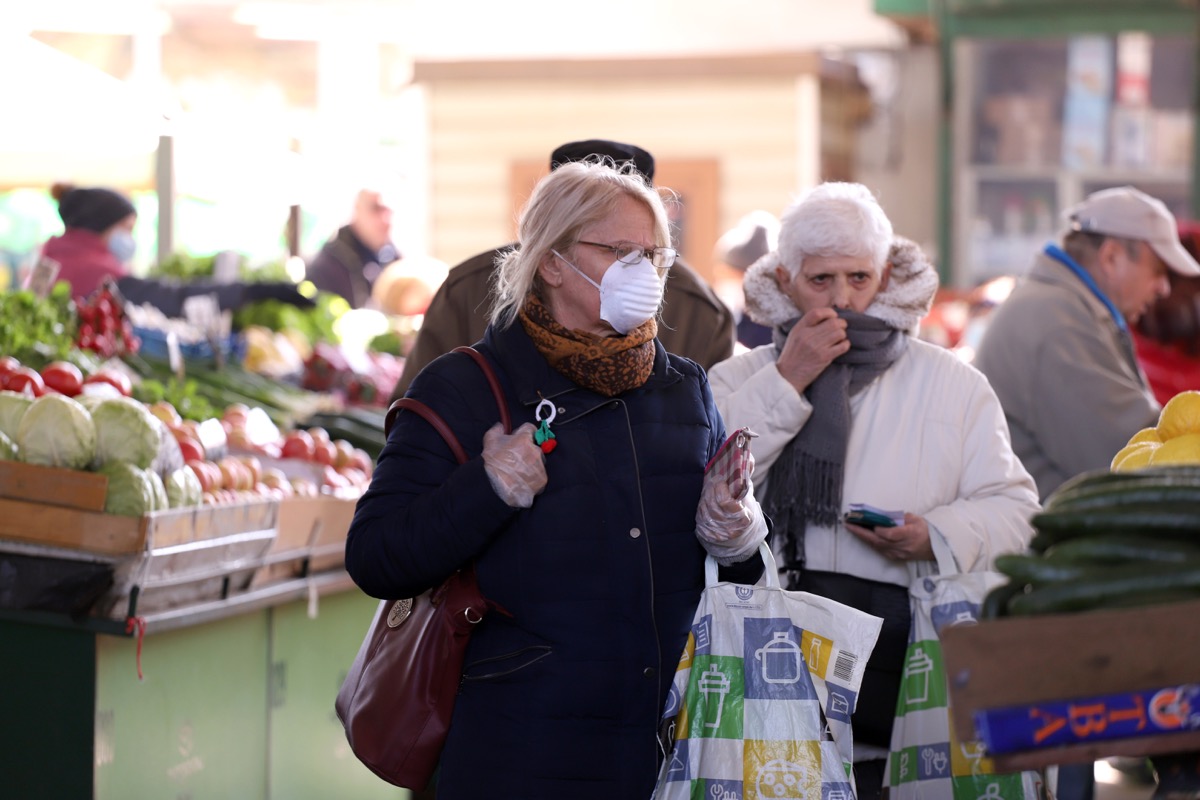These are known as “unlinked infections” and “are rarely reported in the United States,” Frieden noted in an op-ed for The Washington Post, adding that countries that have successfully curbed COVID do keep strict track of them. “Areas with unlinked infections can control the virus by improving contact tracing and physical distancing.” For more expert insight, This Is How Dr. Fauci Says We Can Push the “Reset Button” on Coronavirus.ae0fcc31ae342fd3a1346ebb1f342fcb Healthcare workers are exposed to the virus on a level that the general public is not. Tracking the number who get infected could help infectious disease experts understand the effectiveness of personal protective equipment (PPE) and the risk of different types of transmission. A July 14 report created by The Guardian and Kaiser Health News states that, in some states, “medical personnel account for as many as 20 percent of known coronavirus cases.” But more accurate data would be even more valuable. As of now, self-quarantining is exactly that in the U.S.: it’s up to individuals to do this themselves. Meanwhile, countries such as Thailand provided quarantine dorms to COVID patients, supporting their efforts. Keeping better track and making sure that – at the very least – people who show symptoms are in quarantine within three days would do a great deal to slow the spread. And for more from Frieden, COVID “Will Be Worse” in August and September, Says Former CDC Director. The first step after establishing who an infected person has been in contact with is to inform them that they should quarantine. Next, contact tracers and health officials should keep track of how many of those quarantined contacts go on to also test positive, as it will also provide further insight into how the disease spreads. Keeping track of how the virus moves through communities is essential. With different areas of the country on different reopening stages, possessing different population densities, and differing in other key ways, there will be variation in the speed and method of spreading. Tracking that will help not only mitigate local spread but also provide a clearer big picture look at the disease. And for more up-to-date information, sign up for our daily newsletter. The World Health Organization (WHO) defines “excess mortality” as “mortality above what would be expected based on the non-crisis mortality rate in the population of interest.” Tracking how many deaths are occurring beyond what would normally be expected in the U.S. over the duration of the pandemic is important because some people have died of COVID without having their diagnosis confirmed and because there have been and will be other deaths that are indirectly caused by the virus. (For example, people with serious conditions avoiding hospitals out of COVID fears.) And for more on conditions exacerbated by coronavirus, Your COVID Stress Could Cause This Deadly Heart Condition, Study Finds.





